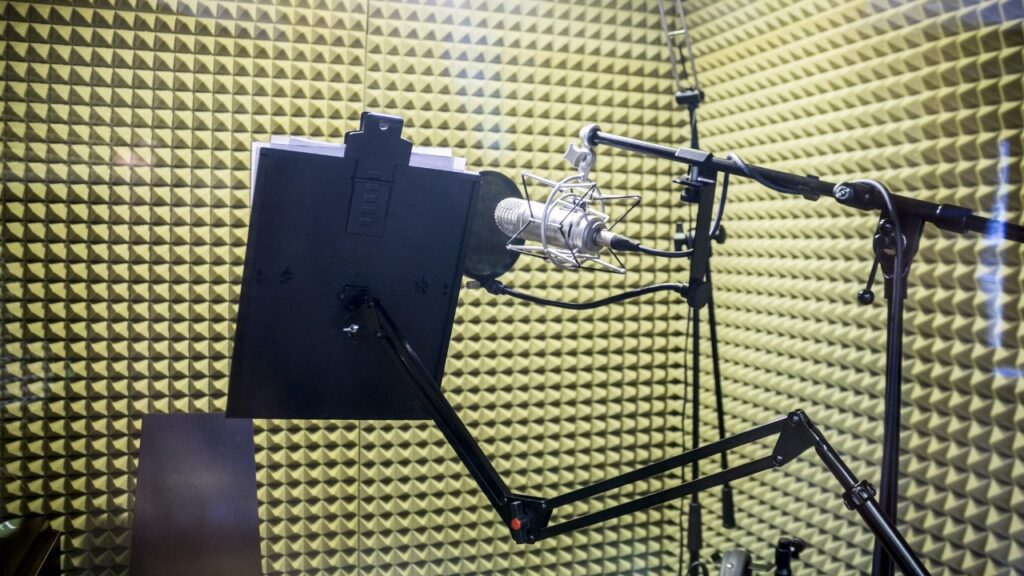Why is Automated Dialogue Replacement Used?
If you’ve ever heard the term Automated Dialogue Replacement (ADR), you likely know that it’s a process of re-recording dialogue. Either from an original actor, or from a replacement actor. That takes place during post-production after the shoot. ADR is actually used rather frequently in feature films to replace the original dialogue. But why? Why is automated dialogue replacement used? Especially when it presents such unique challenges for the voice actor?

What is ADR?
ADR stands for Automated or Additional Dialogue Replacement. It represents the process of re-recording audio from a controlled environment. In order to improve the original quality or to make changes for other purposes to the original audio.
Unfortunately, ADR can be incredibly costly, because it not only adds a layer to the post-production process that requires the cast to stick around and continue working.
But because the actual process of recording the dialogue a second time can be incredibly time-consuming and complicated.
Why is Automated Dialogue Replacement Used?
You’re probably thinking, if ADR is that much of a pain and it costs so much, then why do it? The fact is, ADR is used for a number of reasons. Sometimes, re-recording the original dialogue is necessary. Because of situations that occurred on the set which were out of our control.
For example, an airplane flies over during the finishing line of the closing act. And it just so happens to have been our best take! Sure, we could film again. But what if we already filmed that take several times.
And we just KNOW this one was “the one” until that darn plane flew overhead! Now can you see why we use ADR? There are actually a lot of potential reasons why automated dialogue replacement is used.
We might use ADR for any of the following purposes to:
- Remove sounds that we didn’t want such as traffic or an unruly bird from nearby.
- Change original lines that were spoken in order to clarify.
- Improve timing for comedic purposes or for increased dramatization.
- Add or remove content, sometimes for legal purposes such as when we need to eliminate reference to a brand name or trademark.
- Add (or remote) a product placement.
- Correct a mistake in the originally filmed dialogue (we can’t catch everything on the set, sometimes things slip through the cracks).
- Eliminate, or replace, bad language so that a film can be broadcast on television.
- Make changes to an accent.
Improve the Quality
ADR isn’t always about fixing something that’s done wrong, either. A lot of times, ADR is used to improve the quality of audio. Such as when singing or performing as a group.
The use of studio quality audio for performances like this is almost always preferred over the original dialogue captured. Just saying.
ADR Isn’t Always About Adding Words
That’s right, ADR isn’t only used to add words! Sometimes, we use automated dialogue replacement for non-verbal sounds that we want to include in the film. To make it more realistic.
Or otherwise to ensure a closer connection between the footage and our audience. For instance, we might add in breathing sounds when a dramatic close-up scene takes place.
ADR can be used to add laughter as needed too. In fact, we even use ADR to add sighs in where they make sense, again to make the audio and video resonate more closely with our audience.
Non-verbal sounds are just one of many uses we have for ADR along with accents and noise reduction. And all the other great reasons to improve dialogue with fresh, newly recorded sound. It’s all part of our many reasons why Automated Dialogue Replacement is used.

